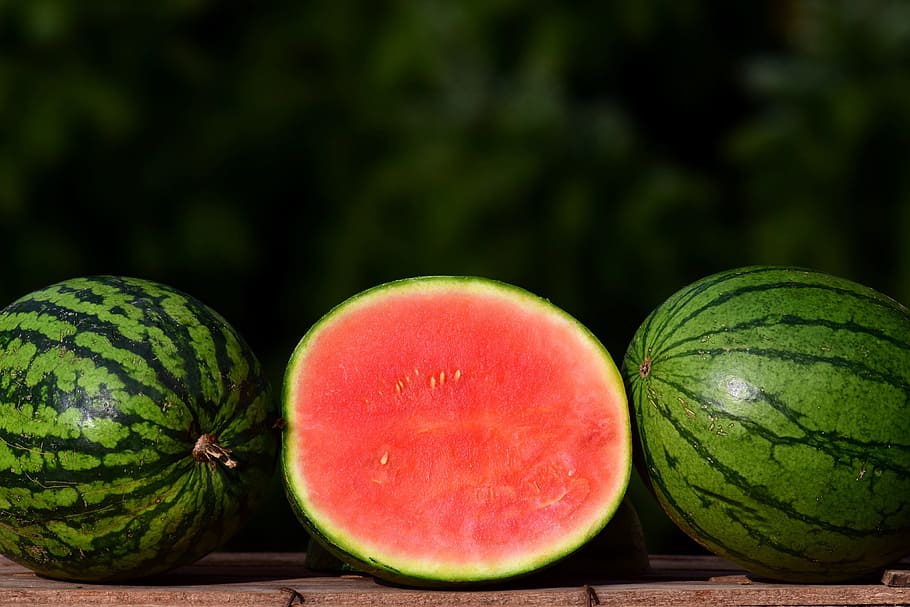Difference Between Bitter and Sour: Unveiling the Secrets of Taste Sensations
Have you ever wondered why certain foods make your taste buds tingle with bitterness, while others make your mouth pucker with sourness? The world of taste is a fascinating one, filled with a rich tapestry of sensations that can elevate our culinary experiences. In this article, we will be delving into the intricacies of bitter and sour flavors, exploring their differences and uncovering the science behind these taste sensations. So grab a seat and get ready to embark on a journey through the tantalizing world of flavors!
Bitter: The Bold and Complex Flavor
When we think of bitterness, our minds may conjure up images of bitter dark chocolate or robust coffee. Bitterness is a taste sensation that is often associated with intensity and depth. It is caused by various compounds found in certain foods, such as tannins, alkaloids, and flavonoids.
Bitterness can be experienced in a wide range of foods, from vegetables like kale and arugula to beverages like beer and herbal teas. This taste sensation is also closely linked to our sense of smell, as many bitter compounds are detected by the olfactory receptors in our nasal passages.
Why do we perceive bitterness? One theory suggests that bitter taste evolved as a natural defense mechanism to help us identify potentially toxic substances in the environment. Our bodies have evolved to be sensitive to bitterness, allowing us to avoid consuming harmful substances.
The Science Behind Bitterness
The perception of bitterness begins on our taste buds, which are located on the surface of our tongues. When we consume something bitter, the bitter compounds bind to specialized taste receptor cells on our taste buds, triggering a cascade of cellular events that send signals to our brain, ultimately resulting in the perception of bitterness.
Interestingly, not all taste buds are created equal when it comes to detecting bitterness. Some individuals have a heightened sensitivity to bitter compounds, while others may be less sensitive. This variation in sensitivity to bitterness is thought to be influenced by our genetic makeup.
Sour: The Tangy Zing
Sourness is a taste sensation that is often described as tangy or acidic. It is commonly associated with foods like lemons, vinegar, and certain fruits. The sour taste is primarily attributed to the presence of acids, such as citric acid, malic acid, and tartaric acid.
When we taste something sour, our taste buds detect the acid present in the food or drink, triggering a sour sensation. Sourness can vary in intensity, ranging from a subtle tang to a sharp, mouth-puckering experience.
The Science Behind Sourness
The sensation of sourness is a result of chemical interactions between the acids in the food and the taste receptor cells on our tongue. When the acids come into contact with these cells, they stimulate the release of neurotransmitters, sending signals to our brain that interpret the sensation as sour.
Interestingly, our perception of sourness can be influenced by other factors, such as temperature and texture. For example, a cold and refreshing lemonade may taste even more sour than a room-temperature one, due to the chilling effect on our taste buds. Additionally, the texture of the food can also impact our perception of sourness. Foods that have a smooth and creamy texture may mellow out the sourness, while foods with a rough or grainy texture can intensify it.
Comparing Bitterness and Sourness
Now that we have a better understanding of bitter and sour flavors individually, let’s explore the key differences between them:
| Bitterness | Sourness |
|---|---|
| Bold and intense | Tangy and acidic |
| Caused by compounds like tannins, alkaloids, and flavonoids | Caused by acids like citric acid, malic acid, and tartaric acid |
| Detected by taste buds on the tongue | Detected by taste buds on the tongue |
| Perceived as a defense mechanism against potentially harmful substances | No clear evolutionary purpose |
While both bitterness and sourness are taste sensations, they differ in their flavor profiles and the compounds that elicit these sensations. Bitterness tends to be more complex and varied, while sourness has a distinct tanginess that is often associated with acidity.
Exploring the Culinary Applications of Bitter and Sour
Now that we have a deeper understanding of bitter and sour flavors, let’s explore how they can be used in the culinary world to enhance our dining experiences:
Bitter: A Bold Addition
Bitter flavors can add depth and complexity to a wide range of dishes. Here are a few ways in which bitterness can be incorporated into your culinary creations:
- Bitter Greens: Incorporate bitter greens like kale, arugula, and dandelion greens into your salads and stir-fries for a distinctive flavor profile.
- Dark Chocolate: Indulge your sweet tooth with high-quality dark chocolate, which has a rich and bitter complexity that can elevate your desserts.
- Coffee: Experiment with different coffee beans and brewing methods to find a balance of bitterness and aroma that suits your taste preferences.
Sour: A Tangy Twist
Sour flavors can bring a refreshing zing to both savory and sweet dishes. Here are a few ways in which sourness can be incorporated into your culinary creations:
- Citrus Fruits: Squeeze some lemon or lime juice over seafood, add orange zest to baked goods, or create a tangy vinaigrette using grapefruit juice.
- Vinegar: Experiment with different types of vinegar, such as balsamic, apple cider, or rice vinegar, to add acidity and complexity to dressings, marinades, and sauces.
- Fermented Foods: Incorporate sourness into your diet by enjoying fermented foods like sauerkraut, kimchi, or pickles. These foods not only add a tangy flavor but also provide probiotics that are beneficial for gut health.
In Conclusion
Bitterness and sourness are two distinct taste sensations that bring depth and complexity to our culinary experiences. While bitterness is often associated with intensity and depth, sourness adds a tangy twist to our taste buds. Understanding the science behind these flavors can help us appreciate the intricate workings of our sense of taste.
So, the next time you savor a cup of coffee or indulge in a slice of lemon meringue pie, take a moment to appreciate the dance of flavors happening on your tongue. Bitter or sour, these taste sensations add a burst of excitement to our palates and make every bite a truly unforgettable experience.
References:





